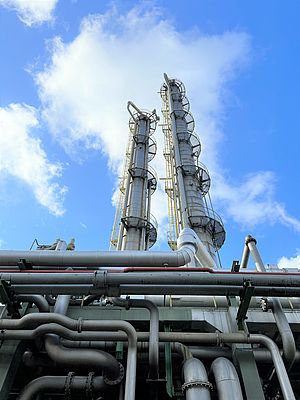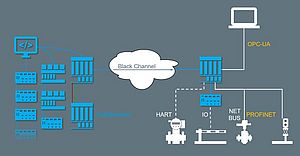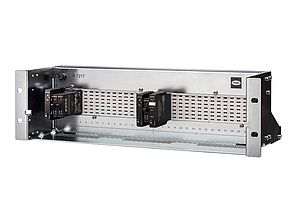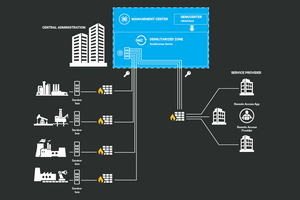The development of new Industry 4.0 technologies and functions is much faster than the further development of classic process automation equipment. Adding new functions to safety devices requires particular care. The engineering, diagnostics and test tools in the new version of SILworX® will become the hub for the digitalization of data from safety devices.
Whether in the engineering of large and distributed automation projects, in the diagnosis of faults or in regular testing, the specification, configuration and maintenance of safety devices in process plants requires a level of effort and careful attention that should not be underestimated. If new functions are added to components of safety devices, time-consuming recertification was traditionally necessary. HIMA is taking a new and important step in terms of digitalization with the next version of SILworX to help to reduce this effort through consistent digitalization and new functions in order to simplify these tasks while still being able to use modern Industry 4.0 functions flexibly.
Plug-ins for easy integration of functions that are not safety-related
A distinction is made between core functions for programming safety controllers and Industry 4.0 functions. New functions that are not safety-related can be integrated using modular plug-ins via an interface that does not affect the core safety-rated SILworX functions. This modular structure makes it possible to digitalize automation processes quickly and flexibly, and users can create extensions themselves or use plug-in modules from HIMA or other providers.
This enables planners and plant operators to quickly and easily add new functionality, or adapt or replace existing functions in a compliant, efficient and future-proofed way. This significantly increases efficiencies in engineering, diagnostic and test tasks by reducing efforts and costs.
Simplified collaboration in large teams
In addition to plug-ins, the new version of the engineering tool also simplifies collaboration in automation projects: The new "Multi-File Project" option enables projects to be saved as a library of related files for the different parts of the project, with version control embedded into each component. These can be imported individually into external versioning tools and later reassembled into a project. This makes team collaboration on large projects much easier and more efficient.
The COMPARATOR PLUS function helps to make the engineering and modification of safety systems more efficient, while reducing the work needed to demonstrate change management throughout the safety lifecycle. Changes between different versions of safety logic and functionality are graphically compared and documented in an intuitive manner.
Simplifies complex time-consuming safety tests
Of particular interest to plant operators is the ability to implement automatic testing of all of the loops of the Safety Instrumented System (SIS), as well as the communication to the basic process control system (BPCS) and the field device level. The HIMA Smart Safety Test enables logic tests, automated recurrent testing, partial stroke tests, transmitter tests and stress tests for the BPCS. The tests, and documentation of their results, are carried out automatically.





























